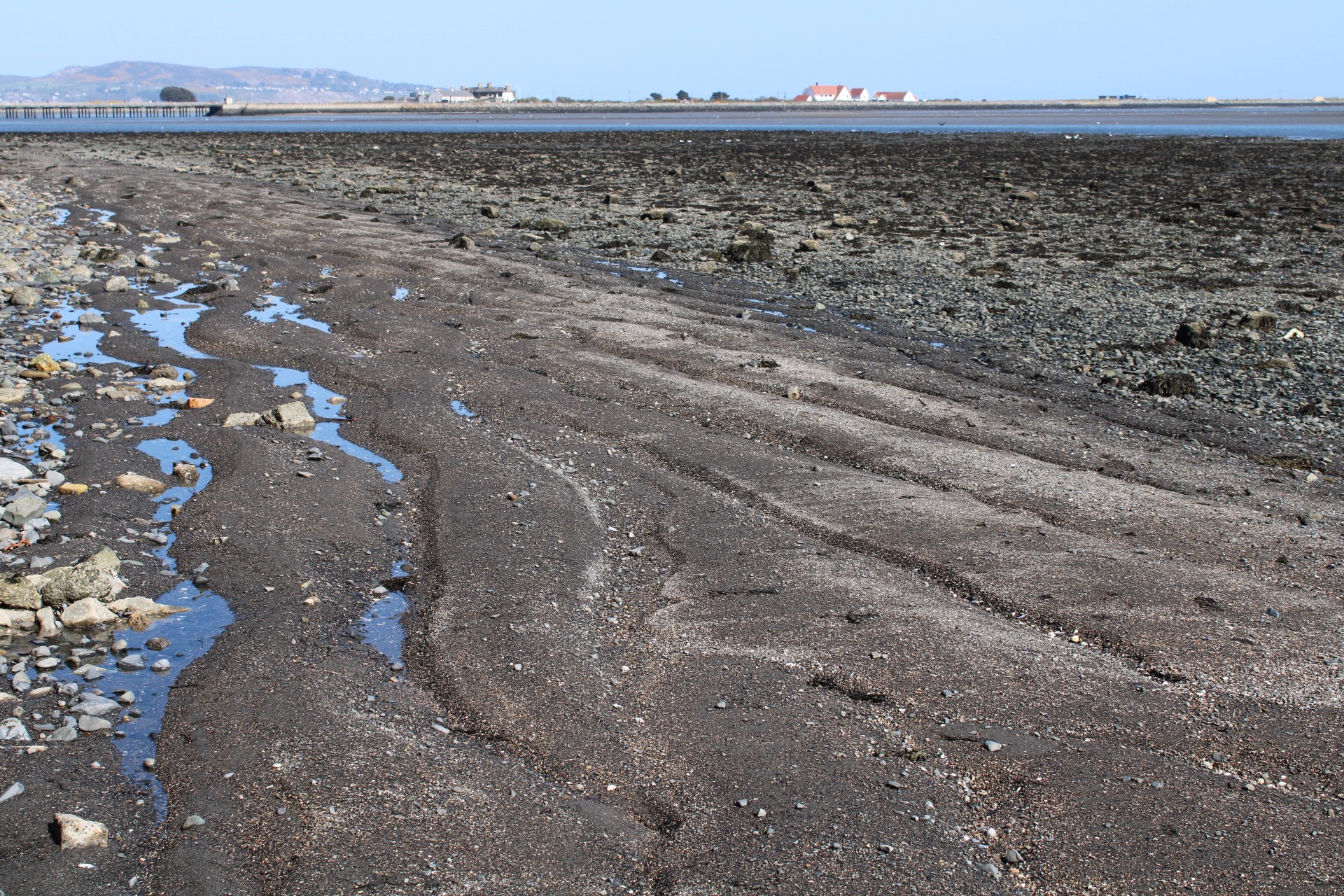Resilience 3/7
Another question that I ask regularly these days.
How is the Coronavirus impacting our water utility?
Resilience reveals the dynamic interactions among the components in ways that might enhance or hinder preparedness, response, and recovery capabilities. In a resilient community, the entire community is the “system” with its residents, businesses, governance and institutions, infrastructure, services, natural assets, and external linkages making up its “parts.” [1] Communities have very-high-value assets that are really critical to keep operating—for example, hospitals, power plants, water and sewage plants, and transportation and communication networks. [2]
We know from the COVID-19 crisis that high-value assets of a community are those for which continued operation is essential and urgent for the entire community for example first responders and hospitals. Others are water and power utilities, fuel systems, transportation infrastructure and communication systems. Never before have we seen such demand on our broadband network – the roll-out of which has been a topic of much discussion over the past number of years.
Resilience is a concept that is used to describe the preparedness of systems (all the parts) to be able to respond effectively and rapidly to hazardous events. The impacts of disruption to water service delivery are classified into water scarcity, water supply disruption, hydraulic conditions in the plant and drinking water quality issues. Disasters do not usually hit the entire country at the same time. This time is not like any other we have experienced.
We know that standard disinfection procedures will ensure that drinking water supplies are safe. Concern is not about the virus in water supplies, but more about how to maintain the availability of essential operators of these systems and the chemicals, equipment and supplies that necessary for ongoing work. The challenge at this moment is that this coronavirus is hitting the entire country at the same time. Restrictions of either materials or chemicals due to supply chain issues, or personnel to these water/wastewater facilities could be devastating.
[1] Patel SS, Rogers MB, Amlôt R, Rubin GJ. What Do We Mean by ‘Community Resilience’? A Systematic Literature Review of How It Is Defined in the Literature. PLOS Currents Disasters. 2017 Feb 1 . Edition 1. doi: 10.1371/currents.dis.db775aff25efc5ac4f0660ad9c9f7db2.
[2] National Research Council. 2012. Disaster Resilience: A National Imperative. Washington, DC: The National Academies Press. https://doi.org/10.17226/13457.

